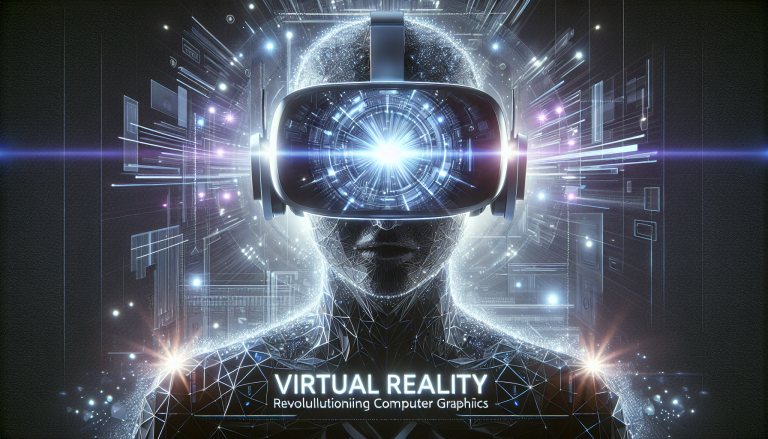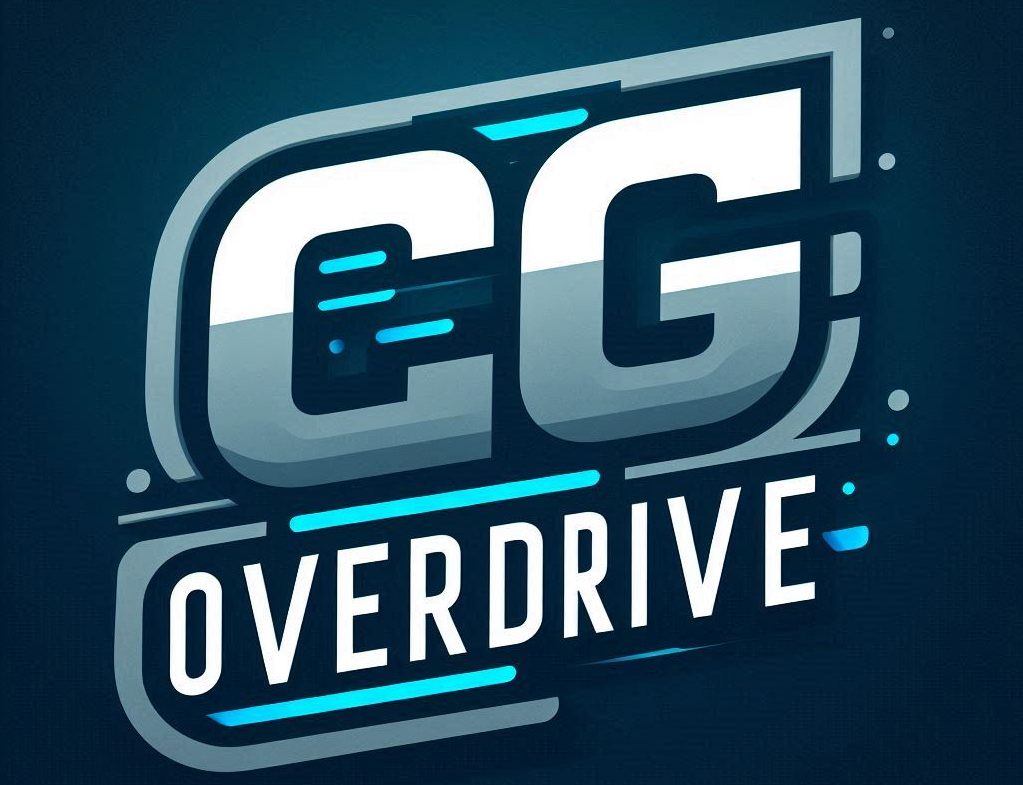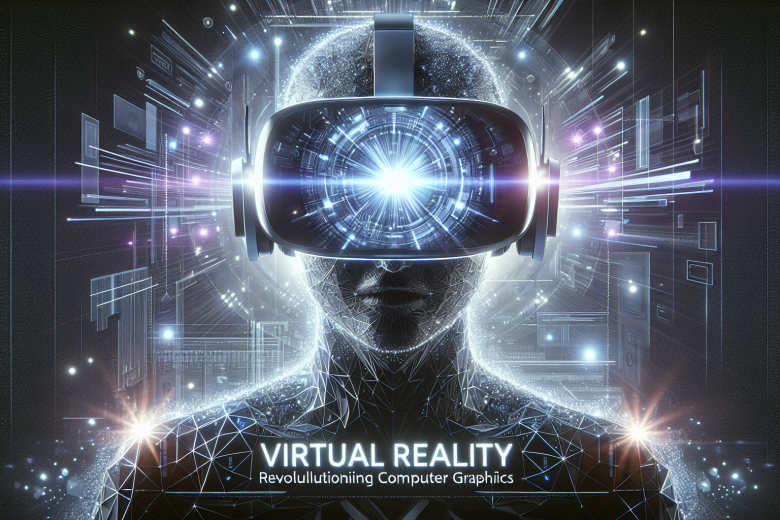Virtual Reality: Transforming the Landscape of Computer Graphics
Virtual Reality (VR) stands at the nexus of innovation within the computer graphics (CG) industry, reshaping how we interact with digital content. Unlike traditional flat displays, VR immerses users in fully simulated environments, delivering an experiential depth that blurs the line between the virtual and physical. For professionals and enthusiasts in CG, understanding and mastering VR technologies is crucial to pushing creative boundaries and crafting compelling narratives and interactive worlds.
The Significance of VR in Modern Computer Graphics
Virtual Reality harnesses the power of advanced computer graphics to create dynamic, three-dimensional experiences that users can explore intuitively. The integration of real-time rendering, motion tracking, and stereoscopic visuals demands an unprecedented level of graphical fidelity and optimization. This amalgamation of technology influences multiple sectors beyond entertainment—including education, healthcare, and design—making VR a versatile tool for visualization and interaction.
The VR revolution compels CG artists, developers, and storytellers to rethink classical methods. Surface details, lighting, and spatial audio play pivotal roles in maintaining immersion. Unlike pre-rendered sequences, VR content reacts to user actions instantly, requiring adaptive graphics pipelines and innovative rendering techniques.
Key Technical Components Driving VR Visuals
Understanding how VR leverages computer graphics to create immersive worlds requires a breakdown of its core technological pillars:
| Component | Role in VR Visualization | Challenges |
|——————–|———————————————————|—————————–|
| Real-Time Rendering| Renders scenes at high frame rates for fluid motion | Balancing quality and speed |
| Stereoscopic Display| Delivers distinct images to each eye for depth perception| Ensuring low latency |
| Spatial Tracking | Tracks user head and body movement | Accurate calibration needed |

| Shading & Lighting | Simulates realistic illumination to enhance immersion | Real-time global illumination is resource-intensive |
| Haptic Feedback | Provides tactile sensations complementing visuals | Integrating with graphics |
Understanding these elements and their interplay is essential for developers aiming to optimize VR content for performance without compromising on realism.
Practical Advice for VR Content Creation in Computer Graphics
Creating compelling VR experiences demands a specialized approach different from traditional CG workflows. Here’s a distilled guide to help CG professionals excel in VR projects:
– **Optimize Geometries and Textures:**
VR requires maintaining frame rates of 90 FPS or higher to avoid motion sickness. Keep polygon counts manageable and use texture atlases to minimize draw calls.
– **Prioritize Low Latency:**
Any lag between user movement and visual update breaks immersion. Utilize asynchronous timewarp and foveated rendering techniques to boost responsiveness.
– **Design Intuitive User Interfaces:**
Traditional menus don’t translate to VR. Implement spatial UI elements that users can interact with naturally using tracked controllers or hand gestures.
– **Focus on Lighting Consistency:**
Dynamic lighting should react fluidly to user position and scene changes. Real-time global illumination and baked lighting combos can balance quality and performance.
– **Implement Audio Spatialization:**
Sound design complements visuals. Employ spatial audio to guide users’ attention and enhance environmental realism.
– **Test Across Diverse Hardware:**
Differences between standalone headsets and tethered VR setups affect rendering strategies. Optimize accordingly.
Innovative Trends Shaping VR in the CG Industry
The VR segment within CG is evolving at an exponential pace. Keeping abreast of these emerging trends ensures creators remain at the forefront of the medium:
– **AI-Driven Content Generation:**
Machine learning models are now capable of generating textures, animations, and even virtual environments in real-time, accelerating production pipelines.
– **Photorealistic Rendering Advances:**
Ray tracing is gradually entering VR, enhancing reflections and shadows to achieve unprecedented levels of realism.
– **Haptic and Sensory Integration:**
Advancements in tactile feedback devices enhance immersion by providing physical sensations alongside visuals.
– **Wireless VR and Cloud Rendering:**
Offloading rendering to cloud servers tackles hardware limitations on headsets, enabling high-fidelity graphics without local constraints.
– **Collaborative Virtual Spaces:**
Shared VR worlds powered by computer graphics enable social interaction and remote collaboration, heralding new forms of digital storytelling.
Step-by-Step Framework to Launch a Successful VR Project in Computer Graphics
Launching VR experiences requires meticulous planning and execution. Consider this structured framework to guide your project from concept to deployment:
1. **Conceptualization and Storyboarding:**
Define the experience’s goals, narrative, and user interactions through visual storyboards.
2. **Technical Feasibility Assessment:**
Analyze hardware capabilities and software requirements; decide on target platforms.
3. **Asset Creation:**
Generate 3D models, textures, and animations optimized for VR environments.
4. **Environment Assembly and Programming:**
Use game engines like Unreal or Unity to build scenes, scripting interactive elements.
5. **Performance Optimization:**
Conduct profiling to identify bottlenecks; apply level-of-detail systems and culling techniques.
6. **User Experience Testing:**
Iterate designs based on feedback focusing on comfort, usability, and immersion.
7. **Final Deployment and Support:**
Publish across chosen platforms and offer maintenance to refine the experience post-release.
Expert Insights: Mastering VR Craftsmanship in Computer Graphics
VR pioneers emphasize the confluence of artistry and technical prowess. According to John Carmack, a luminary in VR development, “Performance is not just a metric; it’s the essence of VR presence.” This underscores the paramount importance of optimizing every layer of the computer graphics stack.
To empower creators:
– **Learn Real-Time Rendering Pipelines:**
Master shaders, lighting models, and GPU architectures that underpin VR visuals.
– **Experiment with Emerging Tools:**
Familiarize yourself with VR prototyping platforms and AI-assisted asset generation.
– **Invest in Cross-Disciplinary Collaboration:**
Bringing together artists, programmers, and UX designers enriches VR projects.
– **Keep User Comfort as a Priority:**
VR induces physical responses; understanding ergonomics and interaction design is non-negotiable.
Empowering the Next Wave of VR Innovators
Virtual Reality’s integration with computer graphics is unlocking realms of creativity previously deemed impossible. CG artists and developers should embrace continuous learning and iterative experimentation to master VR’s dynamic ecosystem. Crafting experiences that captivate users requires blending technical excellence with visionary storytelling.
If you’re ready to leap into VR production, start with small-scale projects focused on interactivity and immersion. Build proficiency in real-time graphics rendering and prioritize user experience testing. By doing so, you’re tapping into a transformative technology that not only elevates computer graphics but also redefines how stories are told and experienced.
Virtual Reality is not just a new medium; it is the future canvas for computer graphics innovators hungry to reshape digital realities. Dive in, explore, and push the boundaries of what CG can achieve in this exhilarating space.

